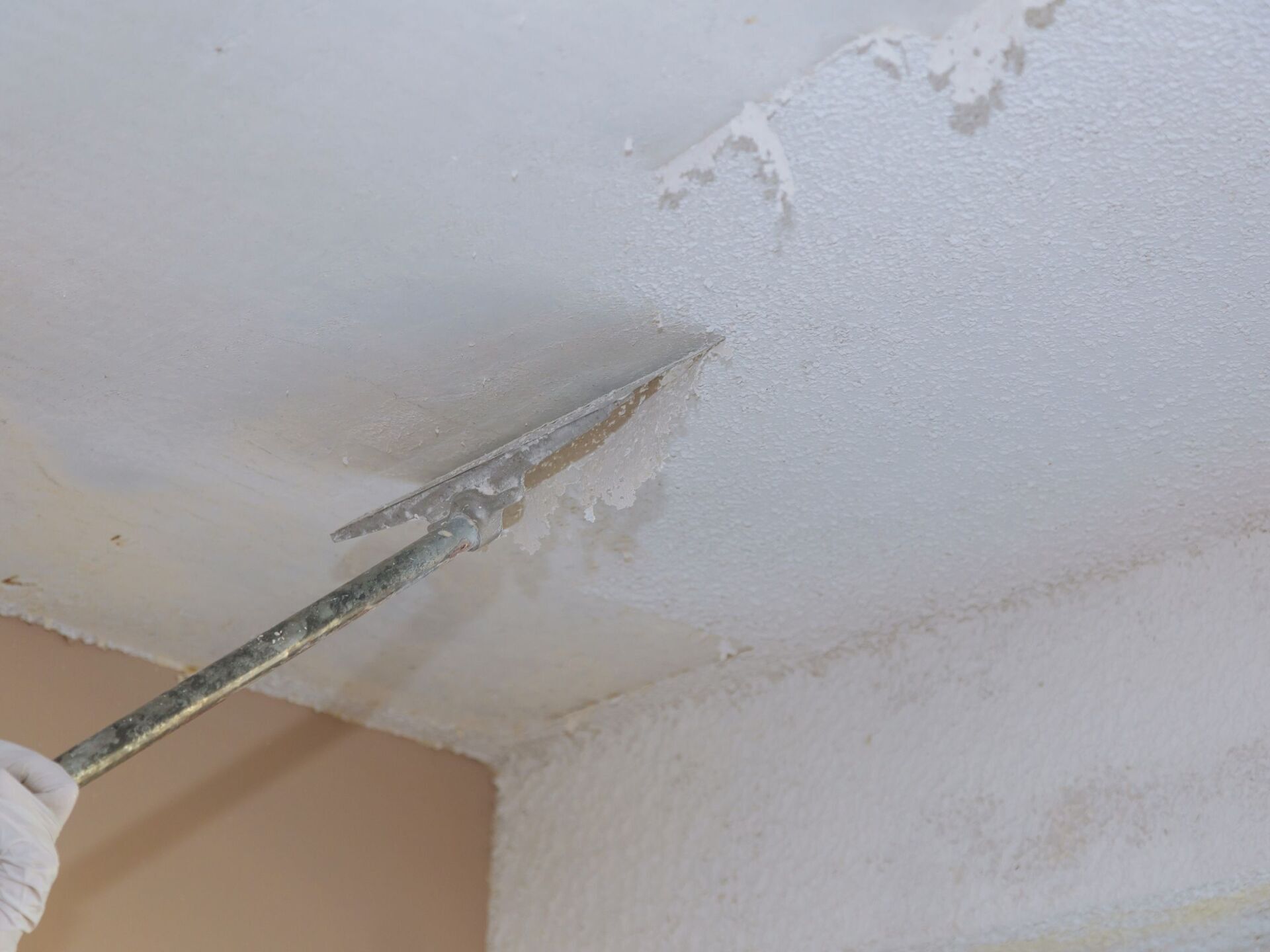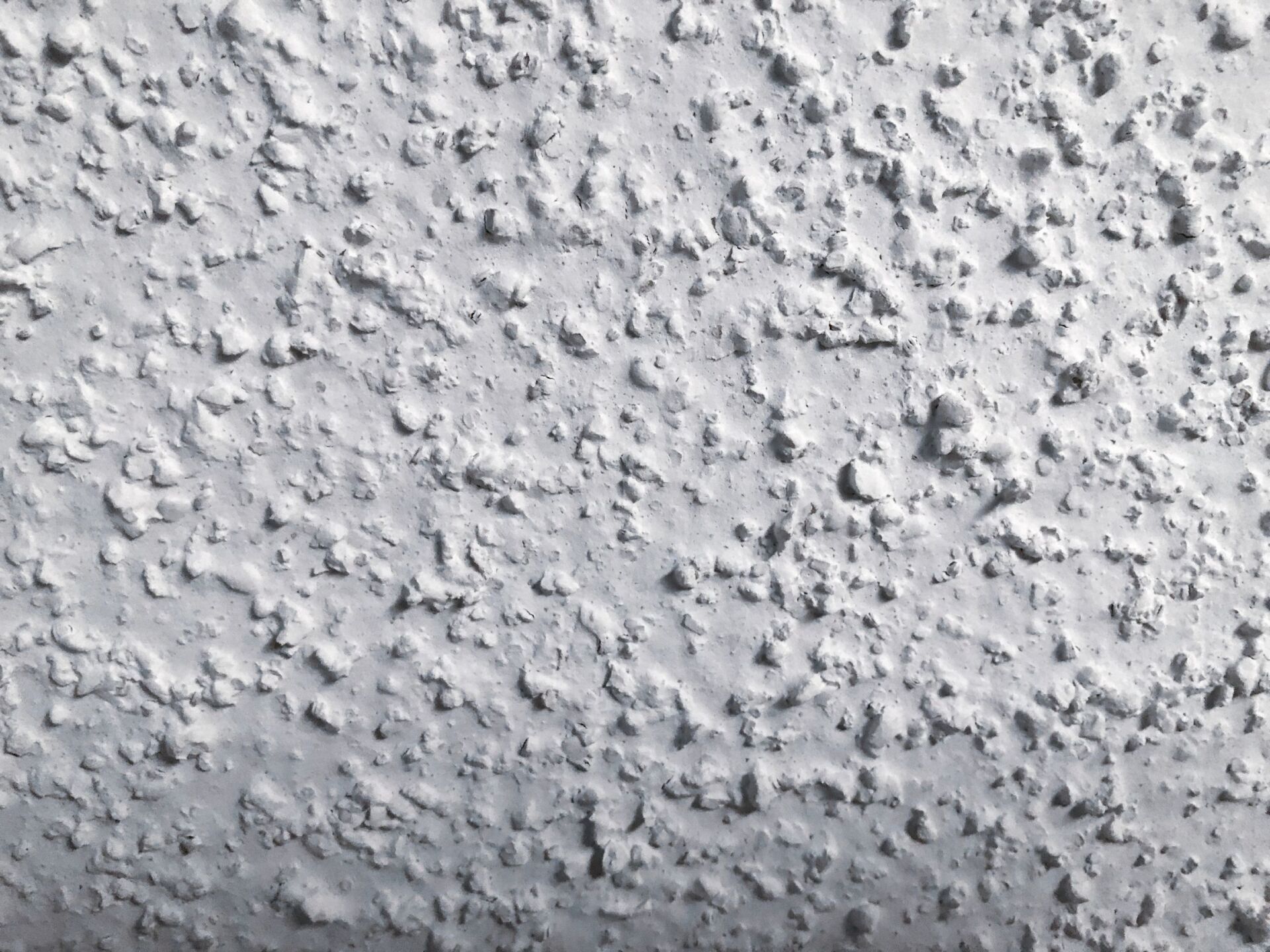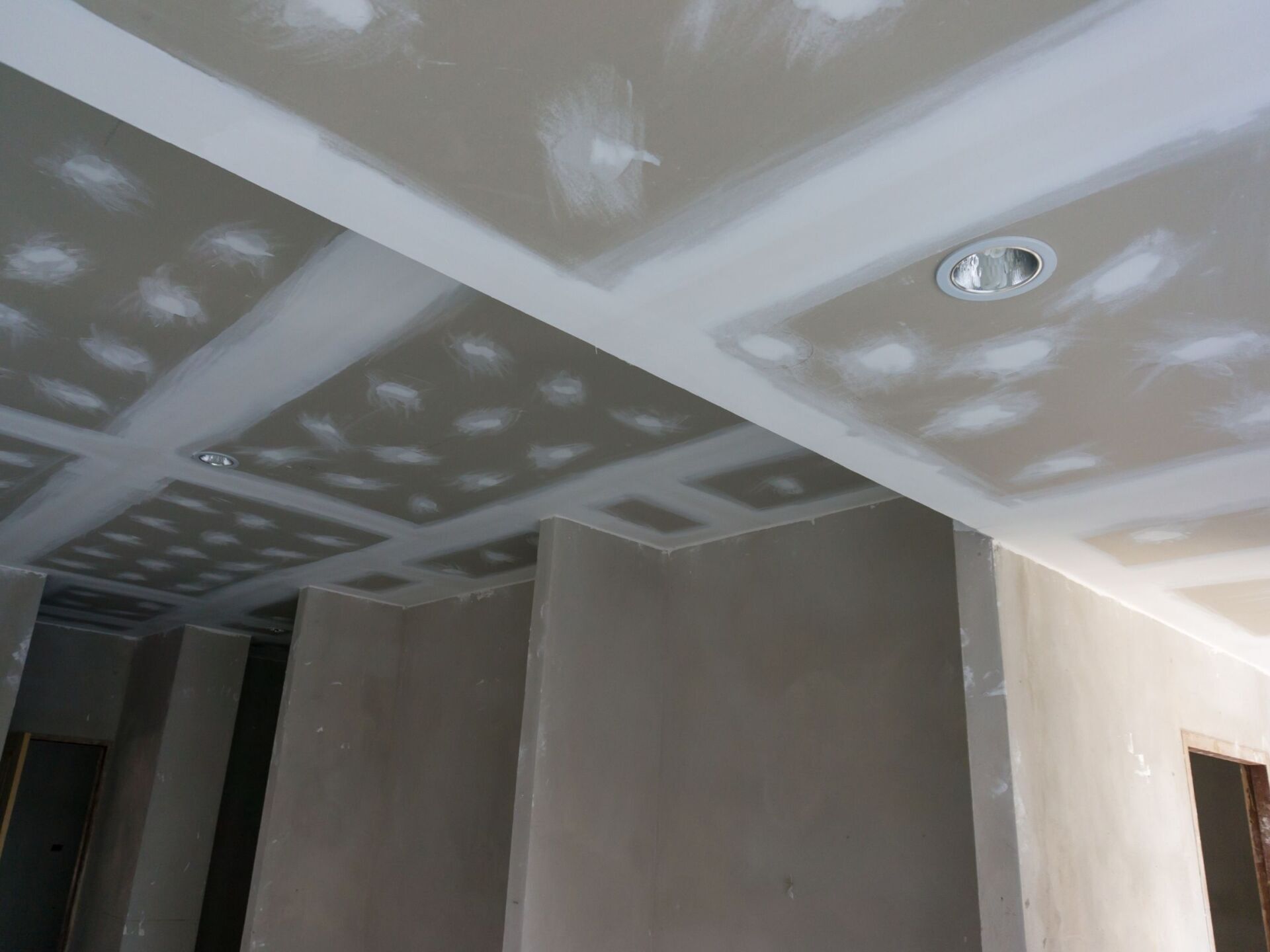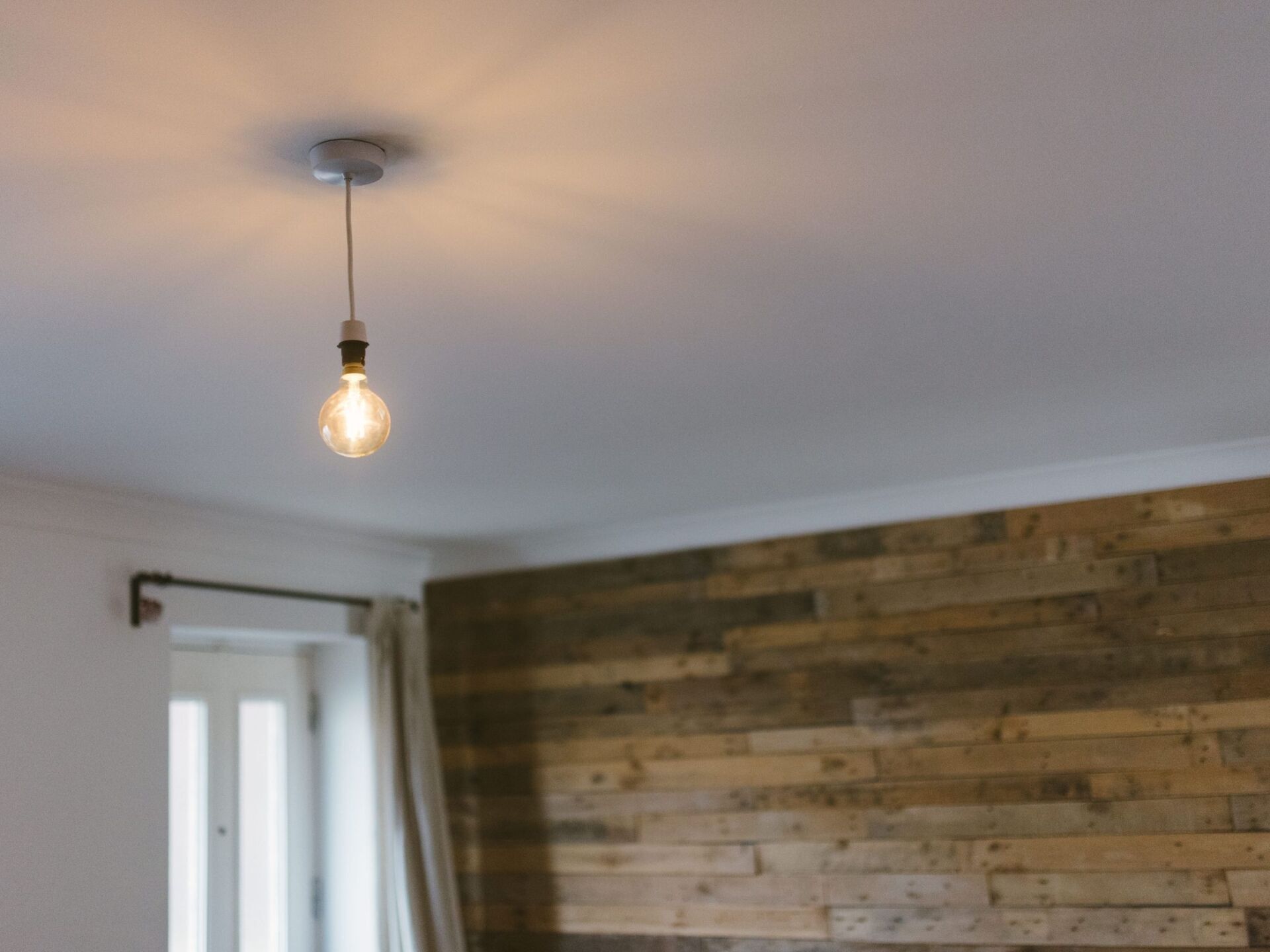How To Remove Popcorn Ceiling
There are a few important steps that are necessary when removing popcorn ceiling. Learn more about how you could do it yourself below.

The best way to get rid of textured ceiling from your home is to have a professional popcorn ceiling removal contractor to do it. They will save you a lot of time, headaches, uncertainty, and will have it done perfectly the first time. However, if you're going to try to remove popcorn ceiling yourself. Below are the steps that you'll need to take.
Asbestos Test
An asbestos test may not be 100% necessary. However, if your home was built before 1980, then there is a chance that the ceiling contains this harmful chemical. The way to test it is to contact your local hazardous materials testing facility. You can call your local municipality to find out exactly where to request a test from. Once you know whether or not you have asbestos, you'll have a direction to go in. Popcorn ceiling that contains asbestos needs to be dealt with differently than non asbestos popcorn ceiling. If it does contain asbestos, hire a professional to remove it, or, you can cover it up with new drywall sheets. For more information about asbestos, you can check out this homeowners guide to asbestos and asbestos removal.
Prep the Room
Removing popcorn ceiling is a messy job. We like to use a vacuum attached machine that allows us to sand off the stucco while sucking all of the dust directly into the vacuum bag. This saves us a ton of mess and keeps everything really tidy.
Since you likely don't have a popcorn ceiling removal tool, it is important to prep the room for the job by covering all vents, doorways, furniture, light fixtures, and electrical sockets. The popcorn ceiling dust is extremely thin and can get in absolutely everywhere in your home. The best way to protect your lungs and your home is to cover everything up with plastic. This is especially important for your light fixtures and electrical sockets when you're spraying the ceiling prior to scraping it.
Assess the Surface with a Scraper
If you're not dealing with asbestos, then you can give your surface a test with a paint scraper. You're looking to find out whether or not you'll be able to easily scrape off the stipple, of if you'll need to try something different. Some homeowners have painted their popcorn ceiling in the past which will make it more difficult to remove simply by scraping. It is still possible, but it will be a bit tougher.
If the ceiling has been painted, then you'll need to spray the surface to loosen up the material before scraping it away. There are more considerations you'll need to keep in mind if you are spraying the ceiling. First, you'll need the right equipment. A pump sprayer is the best option to use. You could use a squeeze bottle if you have one but they won't be as easy to use as a pump sprayer. Another option is to use a damp cloth to wet the ceiling below scraping away the surface.
Scrape Away Damp Popcorn Ceiling
With the ceiling damp, your scraper will have a much easier time getting through the texture. Of course, if your ceiling wasn't painted and the material is still relatively loose, you may not need to way to dampen the surface at all. As the popcorn is falling from the ceiling, you'll notice that it's a fairly messy job. The best way to mitigate too much mess is to use a drywall trough or bucket to catch all of the excess material.
The best method to remove the entire ceiling is to work in small sections that are easily reachable using a ladder. You'll notice that this is a job that can be fairly hard on the shoulders and arms so don't be afraid to take your time.
Sand the Surface
To properly prep the room for new paint, or a new design altogether, it is important to sand down the entire surface of the ceiling once you've removed the texture. Doing so will ensure that there are no more imperfections that will be glaringly obvious once the new coats of paint are applied. You can use a pole sander and go lightly over the surface with various grits of sandpaper to get a perfectly smooth surface.
Paint
Once you're done removing all of the texture, you can choose to paint your ceiling or completely redesign to fit your needs. Before painting, make sure the surface is completely smooth by using a flashlight to cast shadows in a dark room. Then, prep the surface with a primer, sand it again, and then apply your final coats.
Important Considerations
There are a few things to keep in mind when you're removing popcorn ceiling in your bedroom, living room, or kitchen. You'll want to have an idea of what you want to do with the ceiling after ward. It is always best to be as careful with your tools as possible to prevent any unwanted gouging or digging into the ceiling material.
It is also important to note any potential alternatives to removing popcorn ceiling. In some cases, such as asbestos presence, there are better options such as covering the ceiling with new drywall or wooden slats that look modern and clean. We can always recommend an approach that will work for your situation.
Most importantly, take your time and ensure that you've done the proper testing, prep, acquired the right tools, and do your best to mitigate any mess. If you go slow and pay attention to the process, your stipple ceiling removal project should go very smoothly.
You might also like
Stipple Ceiling Blog


